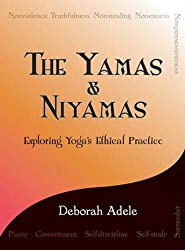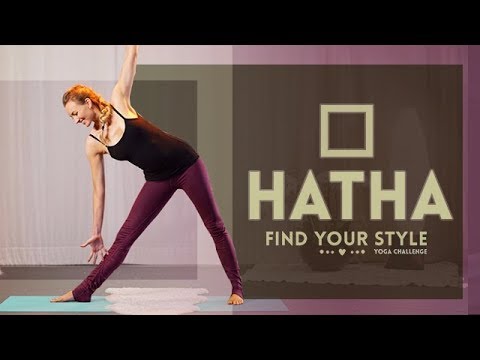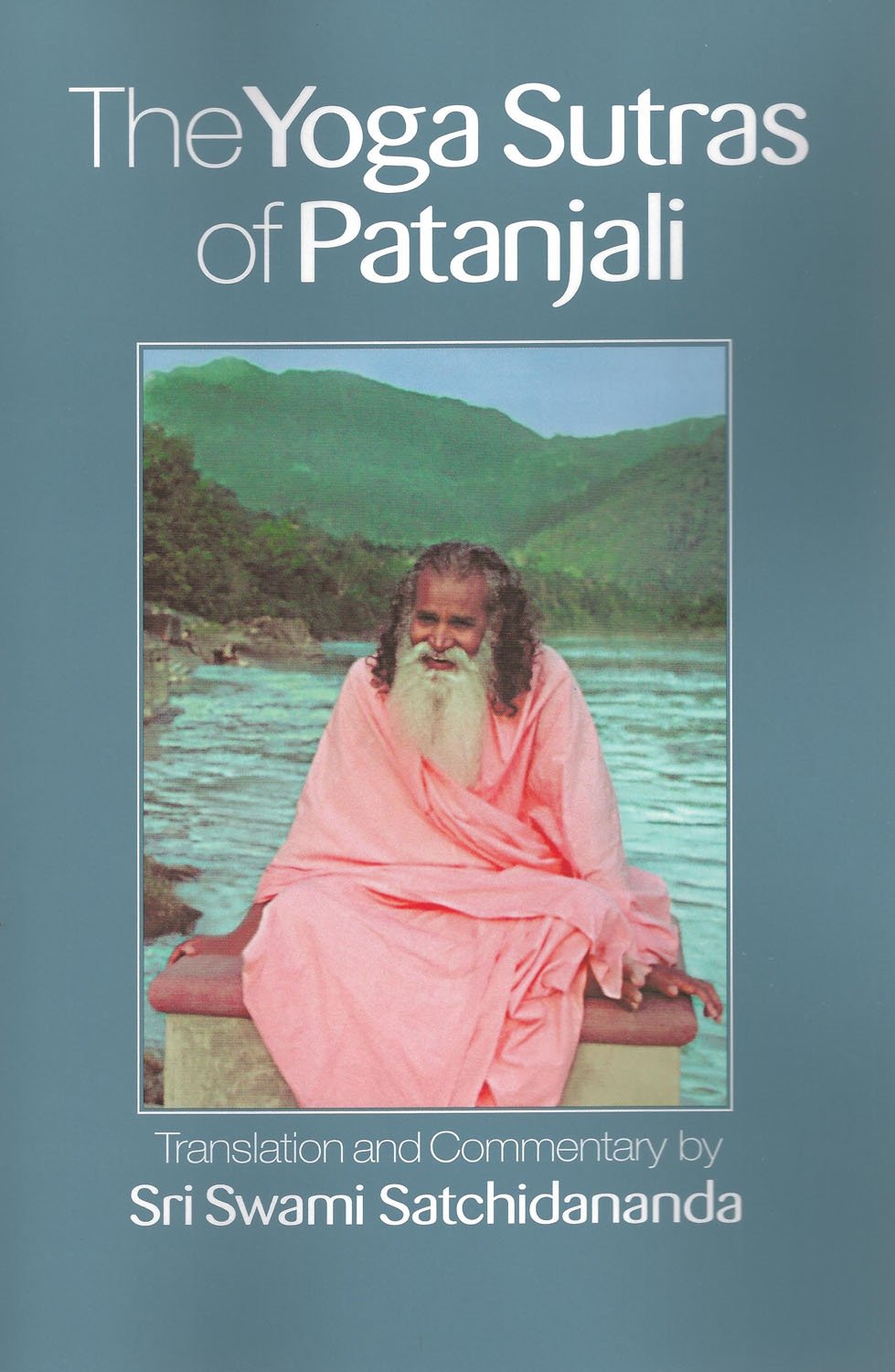
Bandha, one of Hatha Yoga's internal mudras, is a form "body lock" which locks vital energy within the body. Its name simply means "bond", 'fetter, or 'catching. It has several practical benefits, including regulating the flow of prana and awakening dormant vitality.
Bandhas regulate prana flow
The Bandhas regulate prana's flow through the body. Each one has a unique function and is associated to a specific part of the body. For instance, the Jalandhara Bhaka works on the neck as well as the upper spine. It is also associated with the parasympetethic system and the beginning of brain stem. Bandhas are a way to improve your breathing and digestion, increase energy, and stimulate your brain stem when they are done properly.

They act as energy locks
Yoga's three Bandhas, or inner and outer locks, allow us to manage our vital energy. These locks keep prana (energy), from flowing downward, and direct it upward. They allow us to cultivate joy and regeneration.
They awaken dormant life
Kundalini refers to the dormant reserve of vital energy within the body. This energy is directed at the eyebrows which are the seat for wisdom. This energy purifies and expands consciousness and knowledge. Kundalini Yoga uses a series known as Bandhas to stimulate the prana, or vital, energy.
They can relieve constipation
Bandhas can relieve constipation through activating the pelvic nervous system and stimulating excretory and endocrinological systems. They can also be used to relieve depression and irritability. These asanas strengthen and tone the pelvic-floor muscles. They can also help calm the mind, and activate the autonomic nervous systems. These treatments are most effective when performed on empty stomachs.
They are a way to avoid old age
Bandhas, or exercises for the body, help us stay young and energetic. These exercises follow the principle that you can re-configure your internal energy and create a template which activates the corresponding physical, mental, and psychic circuitry. Bandhas will help you reverse the signs that are aging and improve your overall health.

They cause death
Bandhas are a form of resistance that blocks the flow of prana and lymph, as well as restricting blood and lymph flow to the lower body. These bandhas impact the nervous and energy systems, as well, the nervous and endocrine systems. They release the body's blocks and knots, which helps to restore balance. Bandhas help to eliminate mental and emotional impurities. The simplest example of a bandha is the mula bandha, which blocks the descent of consciousness.
FAQ
What are the benefits of yoga for beginners?
Yoga improves your flexibility, strength, posture, breathing control and mental clarity. You will also be more aware and connected to the world around you, your fellow humans, and yourself.
Yoga is a way to live your best life. Yoga teaches you to listen to your body. Acceptance of yourself is something you learn. It is possible to let go tension and stress.
You learn to relax and enjoy life.
What are the differences between Hatha, Ashtanga, Vinyasa, Power Yoga, Kripalu, Bikram, etc. ?
There are many styles of yoga. Each type of yoga offers a unique way to achieve balance in your life.
These are the most popular yoga forms:
Hatha - This involves stretching and poses that focus on core strength and flexibility.
Ashtanga – This is slow-paced movement that builds strength and stamina.
Vinyasa: This style of yoga allows you to deeply breathe and has fast-flowing sequences.
Power - This type of power yoga includes more difficult moves.
Kripla – One of the oldest forms if yoga that dates back thousands upon thousands of years.
Bikram: This form of yoga is done in heated rooms.
Is there much sweat involved in yoga?
The answer depends on the style of yoga you practice. Vinyasa flow yoga (or power yoga) involves a lot jumping, twisting or turning movements. Because of this, people often sweat heavily while practicing.
Hatha Yoga, by contrast, emphasizes forwarding bends as well as twists. Most practitioners won't sweat much because these poses aren’t too strenuous.
How long do yoga classes take?
Yoga classes usually last anywhere from 45 minutes up to 90 minutes. Some teachers offer shorter, longer, or both sessions throughout the week.
Can yoga help me quit smoking?
Yoga may help people stop smoking because it makes them feel better physically and mentally, reducing stress levels. It helps to lose weight from overeating. This could be a step towards quitting smoking.
Does yoga make me look like a hunk?
No! After practicing yoga, you will not appear like a Hollywood star. On the contrary, you'll look leaner, stronger, more flexible, and toned.
Statistics
- According to calorie estimates calculated at Harvard Medical School, the average 125-pound person burns about 120 calories in a half hour of hatha yoga, and a 185-pound person burns about 178 calories in that half hour. (everydayhealth.com)
- According to the Agency for Healthcare Research and Quality, falls are incredibly common among older adults in nursing facilities. Even the simplest ones can increase the risk of death (24). (healthline.com)
- Start your Fall off right with 20% off All Access Membership when you sign up by 9/25! (corepoweryoga.com)
- Gentle yoga has been shown to ease some of the discomforts of tender, swollen joints for people with arthritis, according to a Johns Hopkins review of 11 recent studies. (hopkinsmedicine.org)
- A 2020 review of 27 studies (1,805 total participants) of yoga interventions in children or adolescents found reductions in anxiety or depression in 70 percent of the studies, with more promising results for anxiety. (nccih.nih.gov)
External Links
How To
Is yoga a good fitness exercise?
Yoga isn’t just for those who want to lose weight. Yoga is not just for those who want to lose weight. It helps them develop flexibility and balance.
Yoga isn't just a form of exercise. They are used to relax and meditate. They improve posture, concentration, and respiration.
The term "yogi" refers to someone who practices yoga. Yogis follow various forms of yoga, including Hatha, Ashtanga, Iyengar, Vinyasa, Bikram, Kundalini, Yin Yang, and Restorative.
There are many types of yoga, but they all have similar goals. Each type of yoga focuses on different aspects. You can choose from meditation, pranayama or Hatha yoga.
Some yoga exercises that require no equipment are:
-
Sun Salutation - This series of 12 postures starts with a forward bend, followed by 10 other poses.
-
Warrior pose - This is when you hold a stick or a staff and take a warrior's pose.
-
Triangle Pose-This pose requires you to lift one leg behind you while bending at the knee.
-
Standing Forward Bend - This position involves bending forward from the waist and putting your legs straight on the floor.
-
The seated twist is done while sitting on a mat or chair.
-
Cobra Pose- This is when you are lying flat on your stomach with your arms extended overhead.
-
Child's Pose - This pose is done while lying face up on the ground.
-
Cat/Cow Pose -- This pose is a mix of a cow pose and a cat pose. As you lie face down, lift your upper body off of the ground. Then roll over onto your side and place your hands under your shoulders.
-
Head Tilt - This pose is done by tilting your head back and keeping your eyes closed.
-
Shoulder Stand – This position is where you stand upright while your arms are raised above and feet are raised above the neck.
-
Tree Pose – This is a pose where you kneel on your knees and place your hands underneath your shoulders.
-
Bow Pose – Bend forward from the hips to complete this pose. Then, place your palms on top of the ground and bend forward.
-
Corpse Pose -- This pose is for five minutes.
-
Mountain Pose- You can call this mountain pose because your spine is straight up and you are tall.
-
Legs Up the Wall Pose- This pose can be achieved by hanging upside-down at a wall.
-
Side Angle Pose: This pose involves leaning against a wall, putting your right hand next to the wall, and then extending your left arm.
-
Plank Position – When you are lying flat on your stomach, and your left arm and right leg extend apart from one another, this is called the plank position.
-
Bridge Pose- Balance on your elbows and toes for this pose.
-
Reverse Table Top - This position is achieved by lying on the stomach and reaching your arms towards your ceiling.
-
Handstand – This pose requires strength and balance. To do this pose, you can either hold yourself between two walls or a door frame.
-
Half Moon Pose – Also known as Hero Pose, this pose is also called Hero Pose. It involves standing on your hands with your toes.
-
Headstand (or Hold) - This requires strength and balance. You can do this pose on a wall (or using a doorframe).
-
Forearm Balance -- This pose involves your forearms resting on top of a tabletop.
-
Spinal Twist – This position is where you lie on your stomach while reaching for your arms.
-
Supported Boundangle Pose – This pose requires balance. To lean on a sturdy object, such as a tree trunk or an old beam, you'll need one.
-
Wide Leg Forward Fold: This position is achieved by stretching your legs apart and touching the tips of your toes.
-
Single Pigeon Pose-This pose is very similar to the wide leg forward folded, but only has one leg.
-
Extended Puppy Dog Poses-This pose is extremely relaxing. This is done by stretching your legs outwards and bending your knees.
-
Sitting Forward Bend - This position involves sitting cross-legged and stretching the hamstrings.
-
Crow Pose: This pose is very difficult, but it's rewarding once you get the hang of it. To do it, raise your arms up above your head while lowering your arms to the floor.